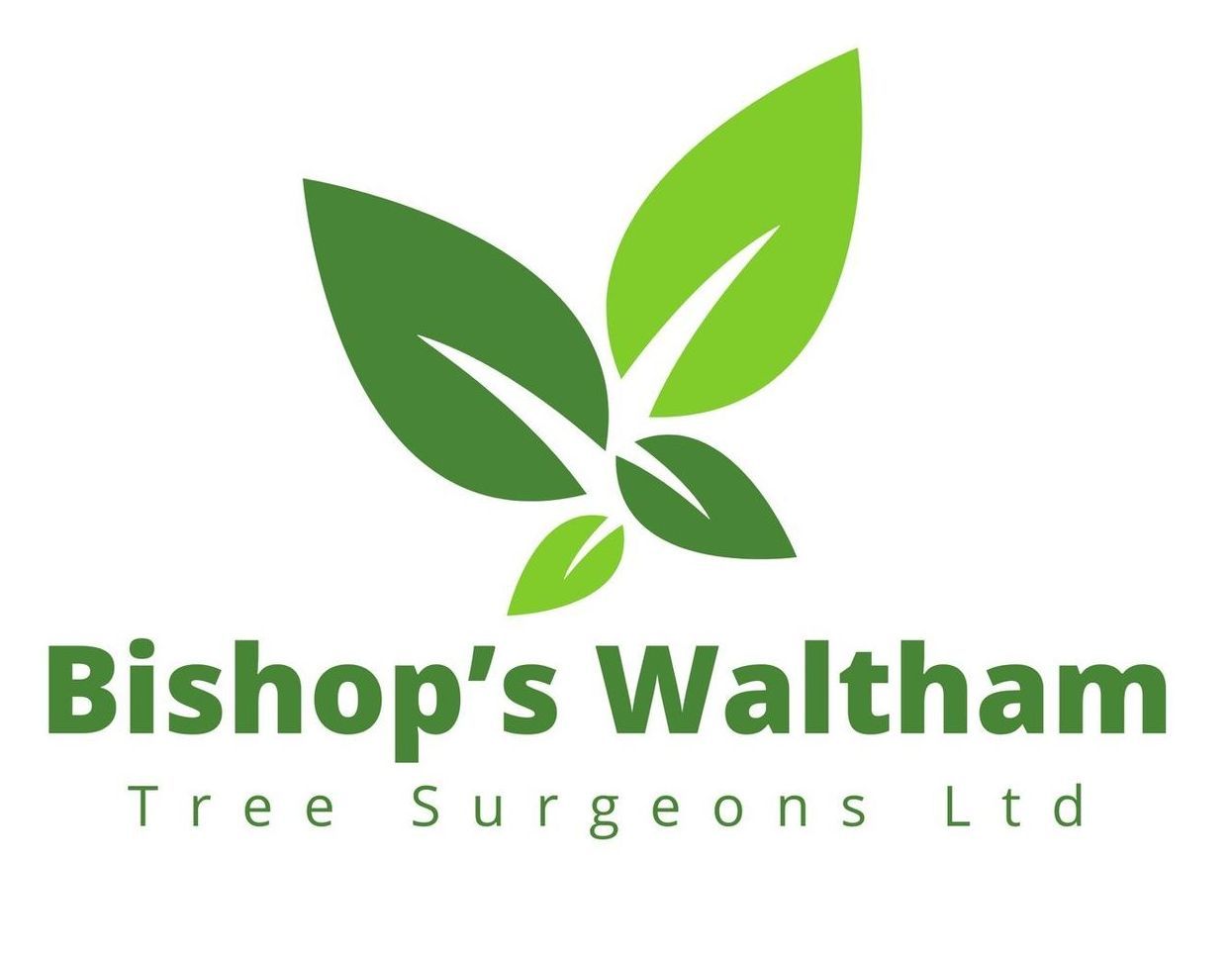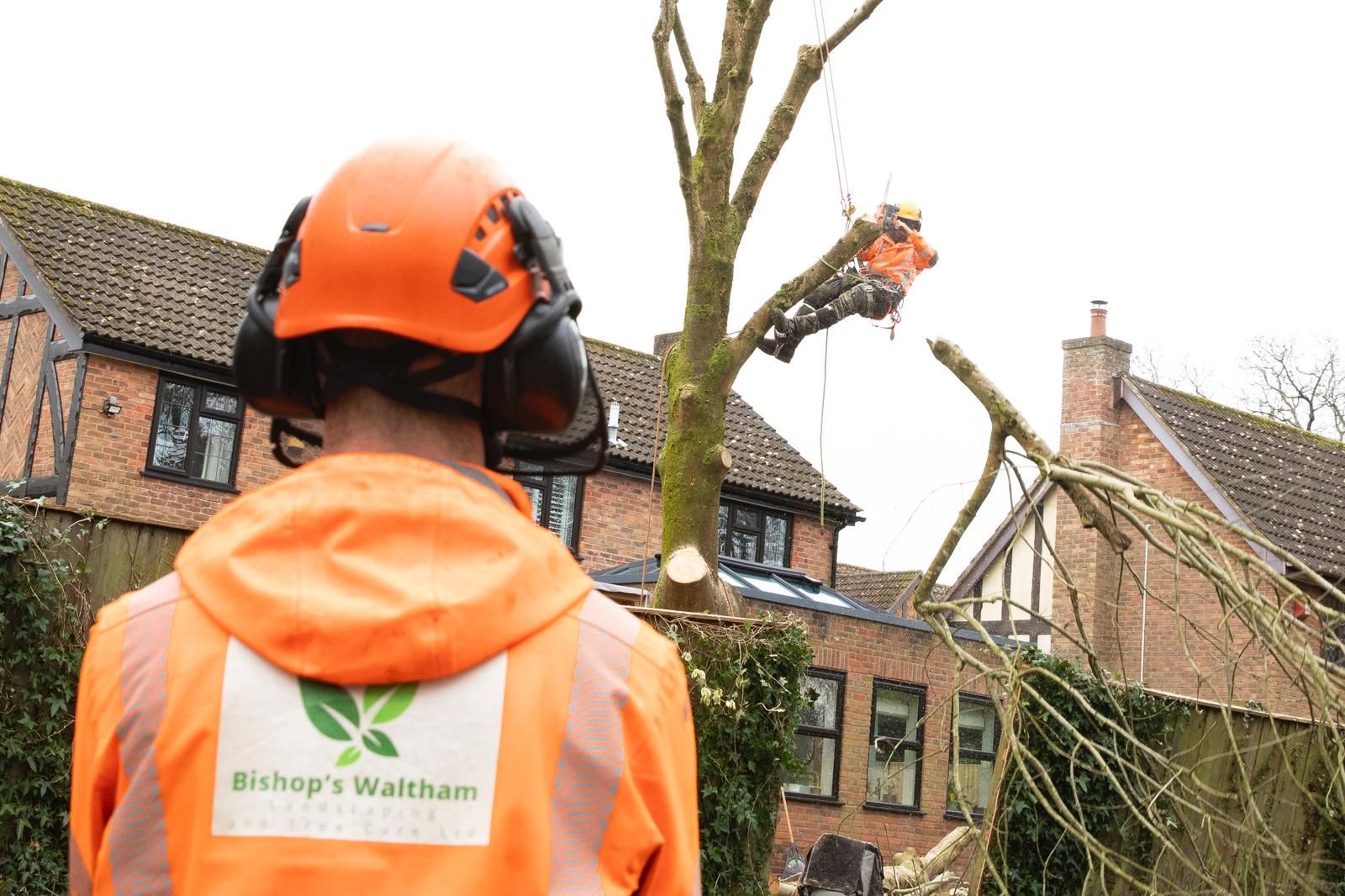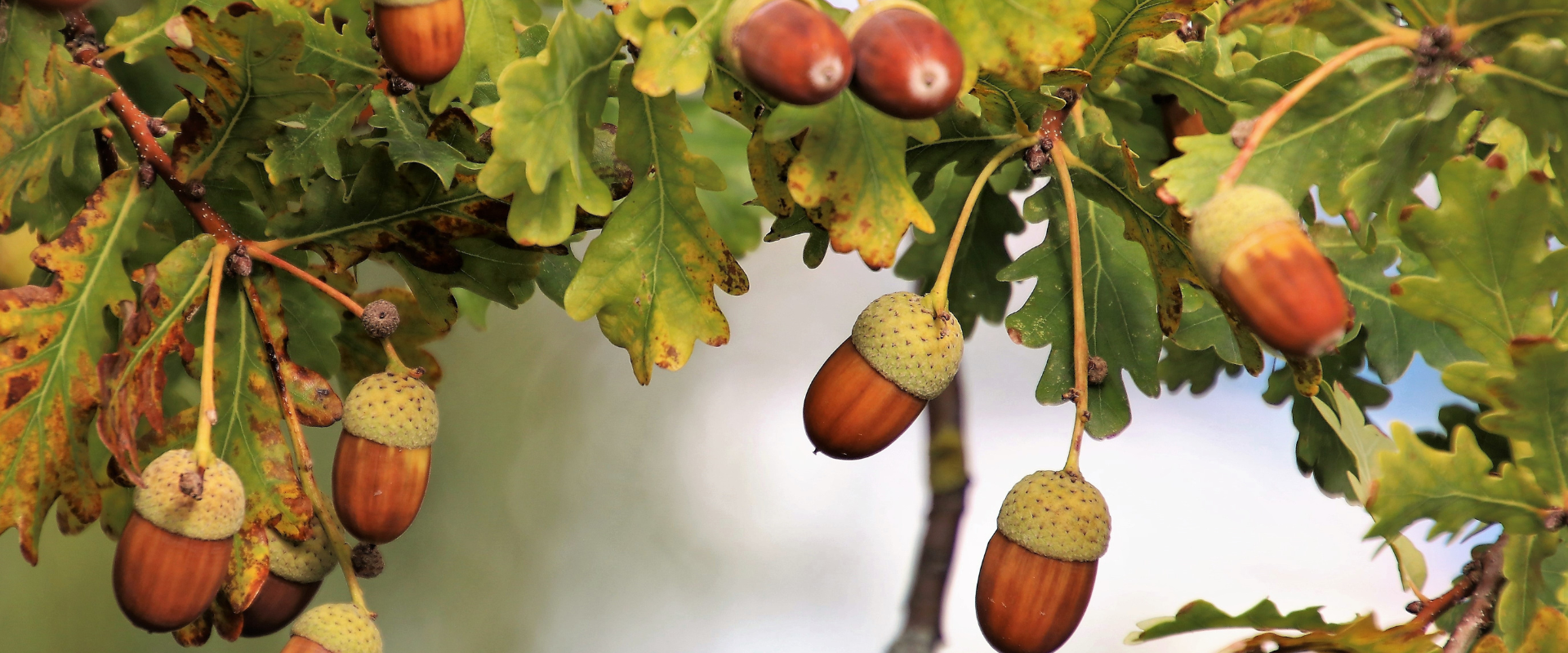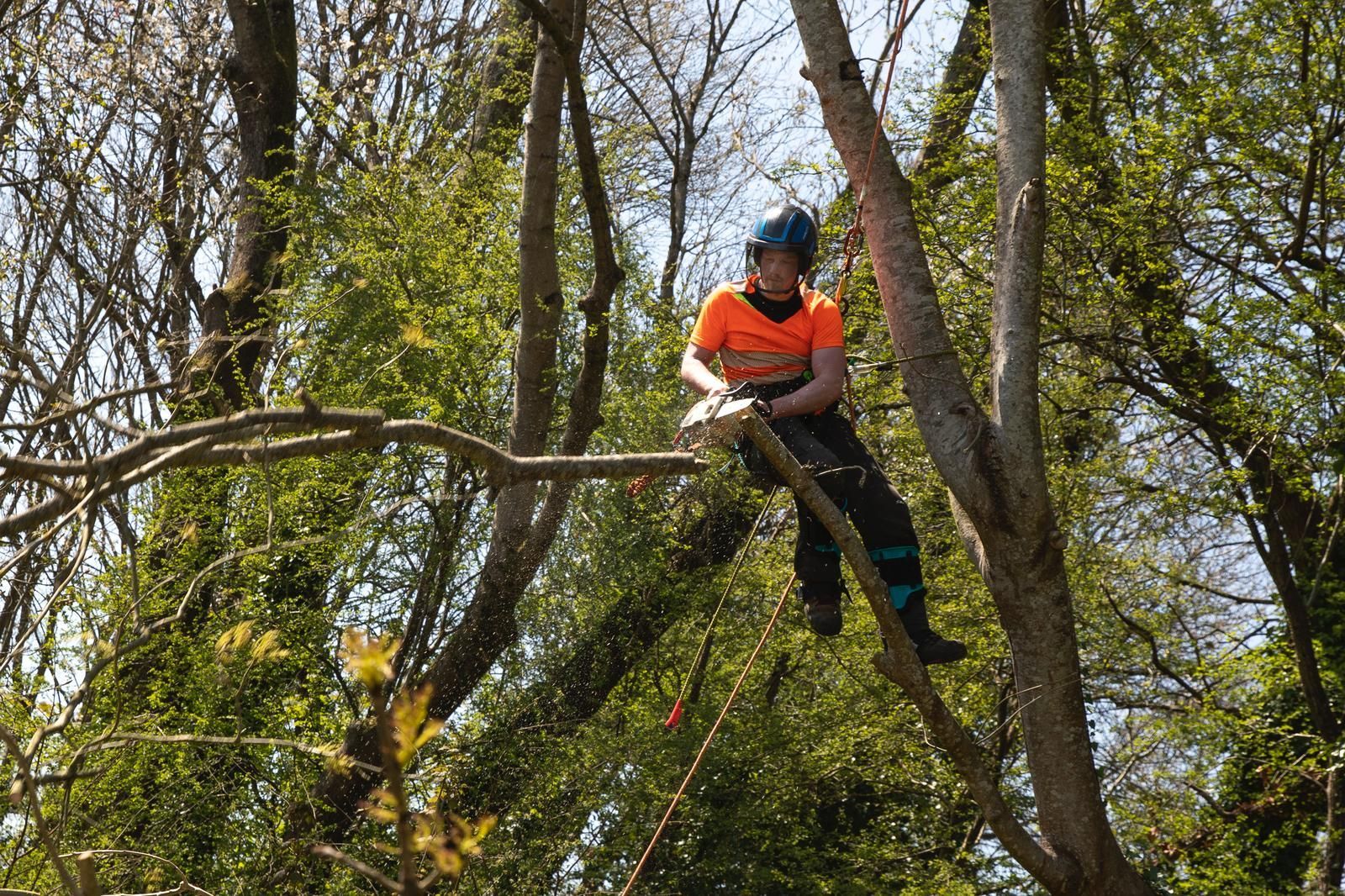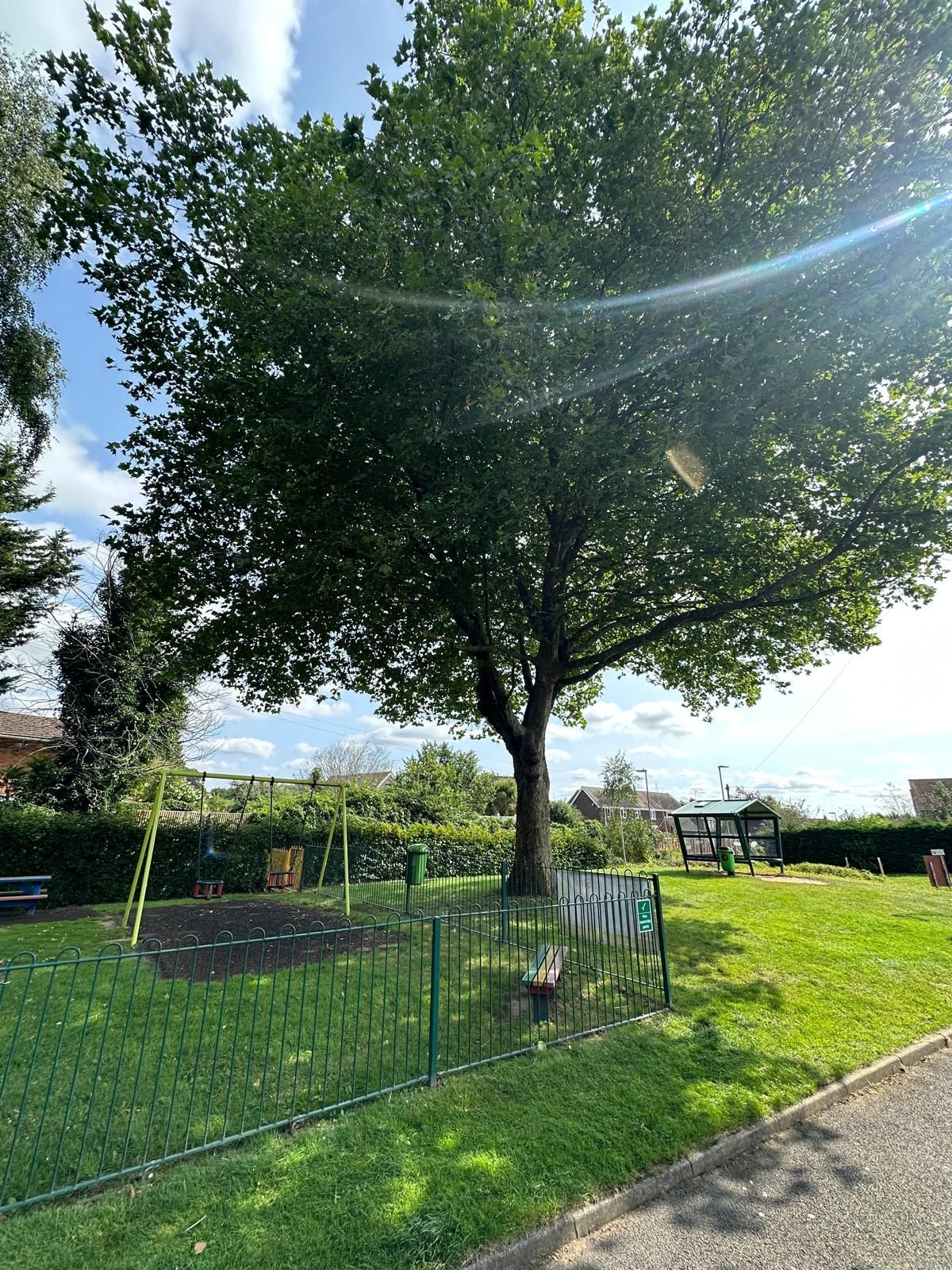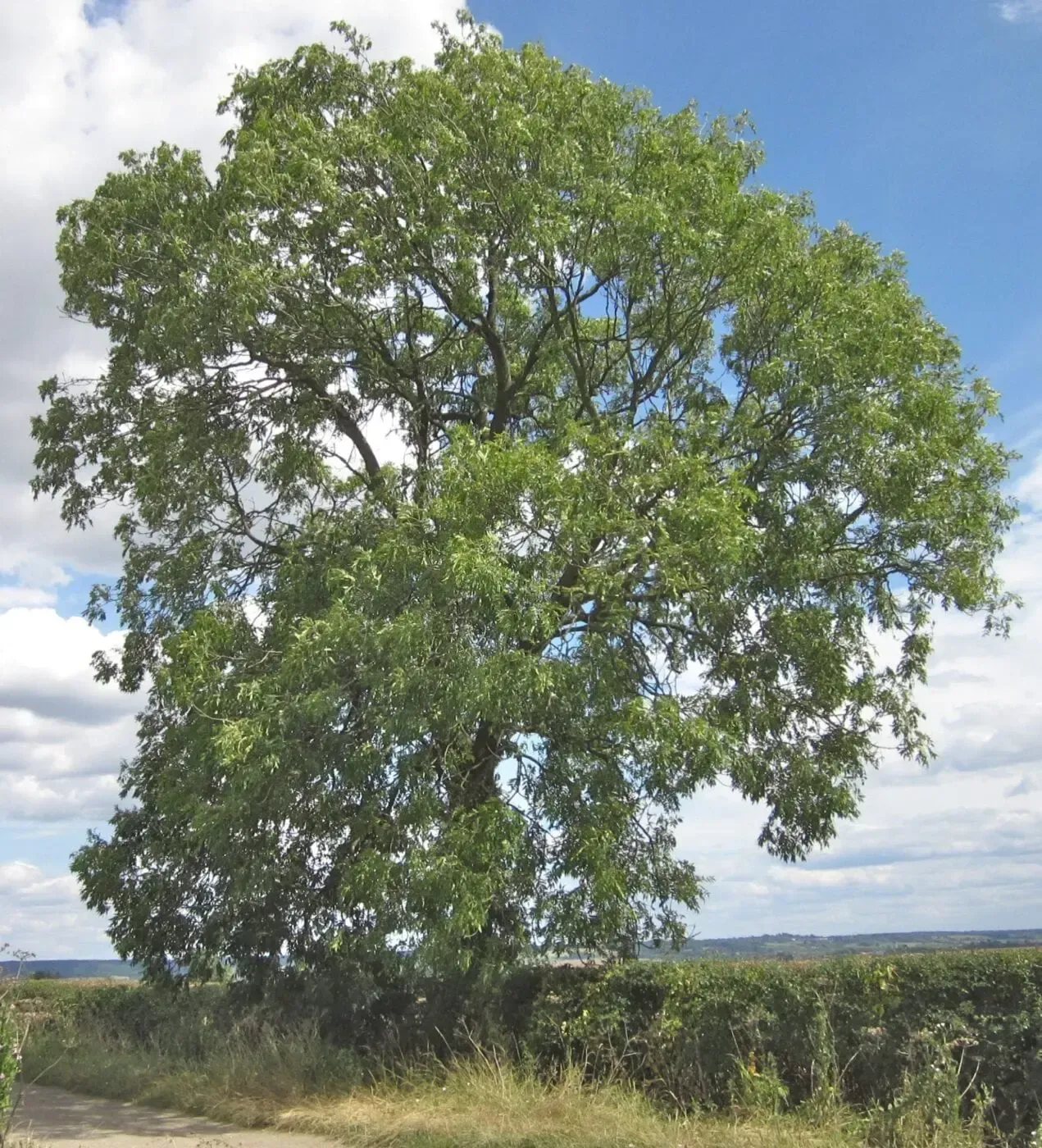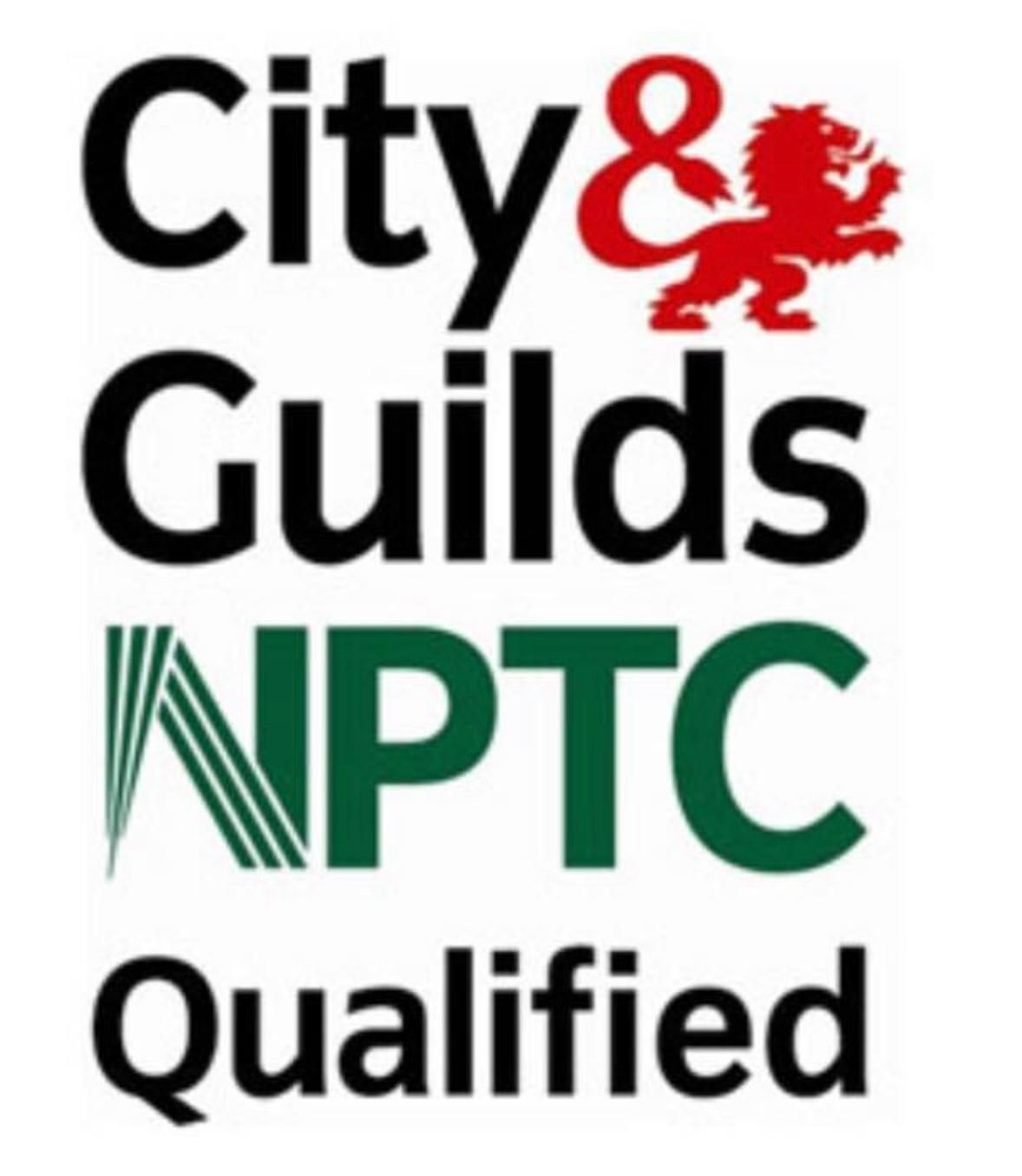Bishops Waltham Tree Surgeons | Company Blog
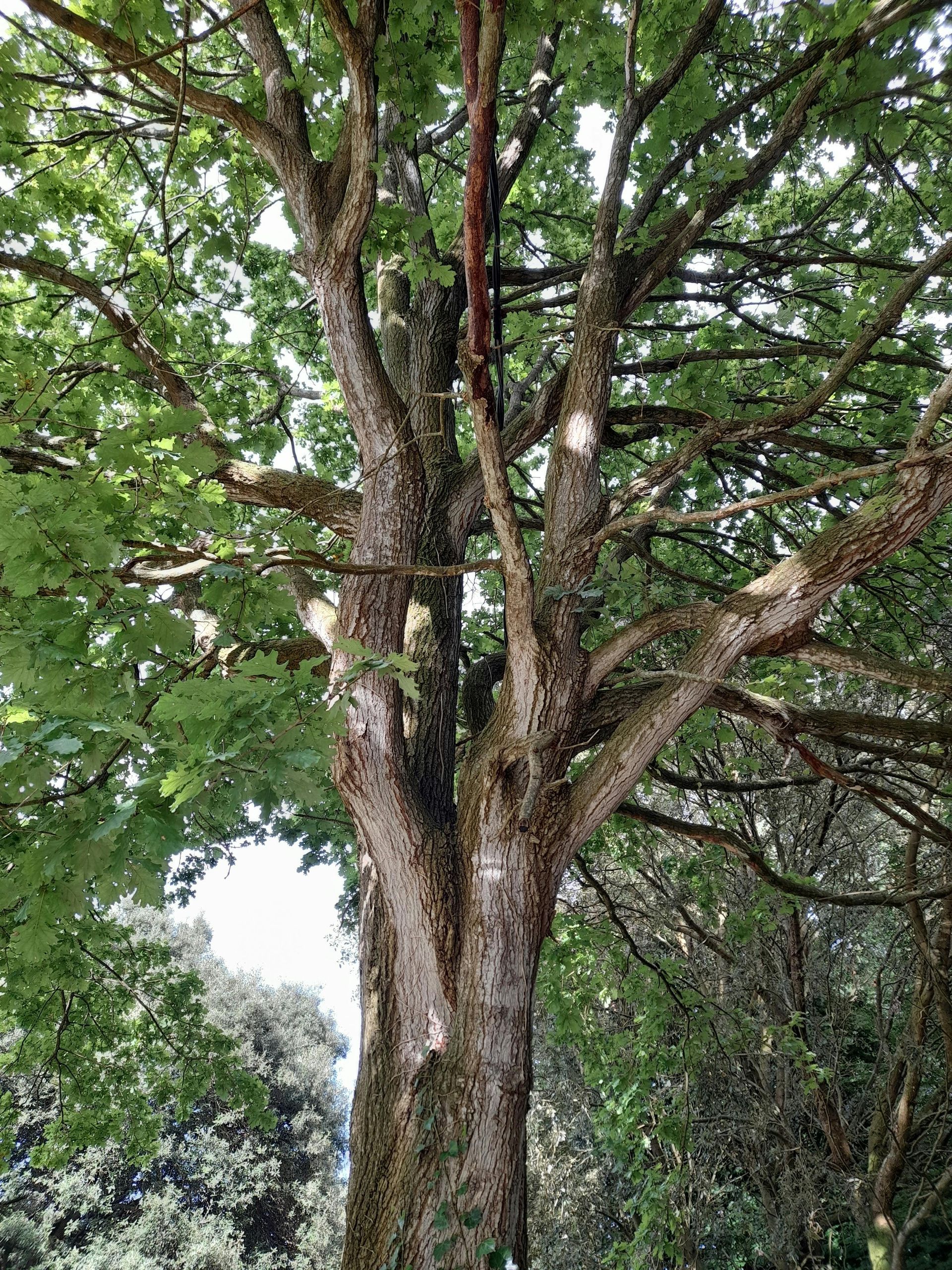
You've admired that magnificent oak in your Hampshire garden for years. It leafs out beautifully each spring, provides shade all summer, and looks the picture of health from the outside. But here's what keeps professional tree surgeons awake at night: some of Britain's most beloved oak trees are quietly dying from the inside out, and by the time you notice the symptoms, it might be too late to save them. The English oak (Quercus robur) and sessile oak (Quercus petraea) are iconic features of the British landscape, with some specimens living for over 500 years. Yet these ancient giants face a silent threat that's becoming increasingly common across Hampshire and beyond: Acute Oak Decline (AOD). Unlike the more publicised ash dieback, AOD works insidiously, often showing no external symptoms until the tree is seriously compromised. The Warning Signs You're Probably Missing Here's the unsettling part: AOD doesn't announce itself with dramatic wilting or obvious disease markers. Instead, it begins with subtle weeping patches on the bark - dark, sticky fluid that seeps from vertical cracks in the trunk. Most homeowners walk past these symptoms daily without registering them as the red flags they truly are. By the time the canopy starts thinning noticeably, the internal damage is often extensive. Professional tree surgery involves more than just cutting branches - it requires understanding the complex biology of British trees and recognising early disease symptoms. During routine inspections across Winchester, Southampton, and throughout Hampshire, we've identified numerous oak trees showing early AOD signs that owners had completely missed. The difference between catching it early and discovering it late can literally be the difference between saving the tree and losing it entirely. Why British Oaks Are Particularly Vulnerable Right Now Oak trees have always faced challenges, but several factors are converging to make them more vulnerable than ever. Climate change has brought warmer, wetter winters that favour the bacterial pathogens involved in AOD. Drought stress during increasingly hot summers weakens trees' natural defences. Add in the two-spot oak buprestid beetle, a pest that exploits weakened trees, and you've got a perfect storm of circumstances threatening Britain's oaks. What makes this particularly concerning for homeowners in areas like Bishops Waltham, Fareham, and Eastleigh is that mature oaks are often the most valuable trees on a property. An established oak can add £10,000-£20,000 to property value, provides irreplaceable wildlife habitat, and takes literally centuries to replace. Losing one isn't just emotionally devastating, it's a significant financial and ecological loss. The Technical Reality of Oak Health Management Here's something most people don't realise: oaks are incredibly resilient when healthy but become vulnerable once their defences are compromised. The key to keeping them healthy lies in understanding their unique biology. Unlike many trees, oaks should never be pruned during their active growing season (April to October). Pruning during this period exposes fresh wounds when oak wilt disease spores are most active, potentially introducing fatal infections. This is where professional expertise becomes crucial. Our certified arborists understand these species-specific requirements and time tree pruning work accordingly. We also know how to identify the difference between normal bark characteristics and early disease symptoms, a distinction that untrained eyes consistently miss. What You Can Actually Do About It If you have oak trees on your property, don't wait until problems become obvious. Annual professional inspections allow early detection of issues like AOD, honey fungus, or structural weaknesses. These assessments are particularly important for mature oaks over 100 years old, which are simultaneously the most valuable and most at-risk trees in your landscape. Proper care also means understanding what not to do. Many well-meaning homeowners damage oaks through over-mulching (which promotes root rot), soil compaction from construction work, or improper pruning that creates entry points for disease. Professional tree care in Romsey, Chandler's Ford, and across Hampshire ensures your oaks receive the specific attention they need to thrive for generations. Your oak tree might look perfectly healthy today, but appearances can be deceiving. A quick professional assessment could identify issues whilst they're still manageable, protecting an irreplaceable asset before it's too late. Those magnificent trees have survived centuries of British weather - don't let preventable problems end their reign on your watch. Contact our team at Bishops Waltham Tree Surgeons for an expert oak health assessment.
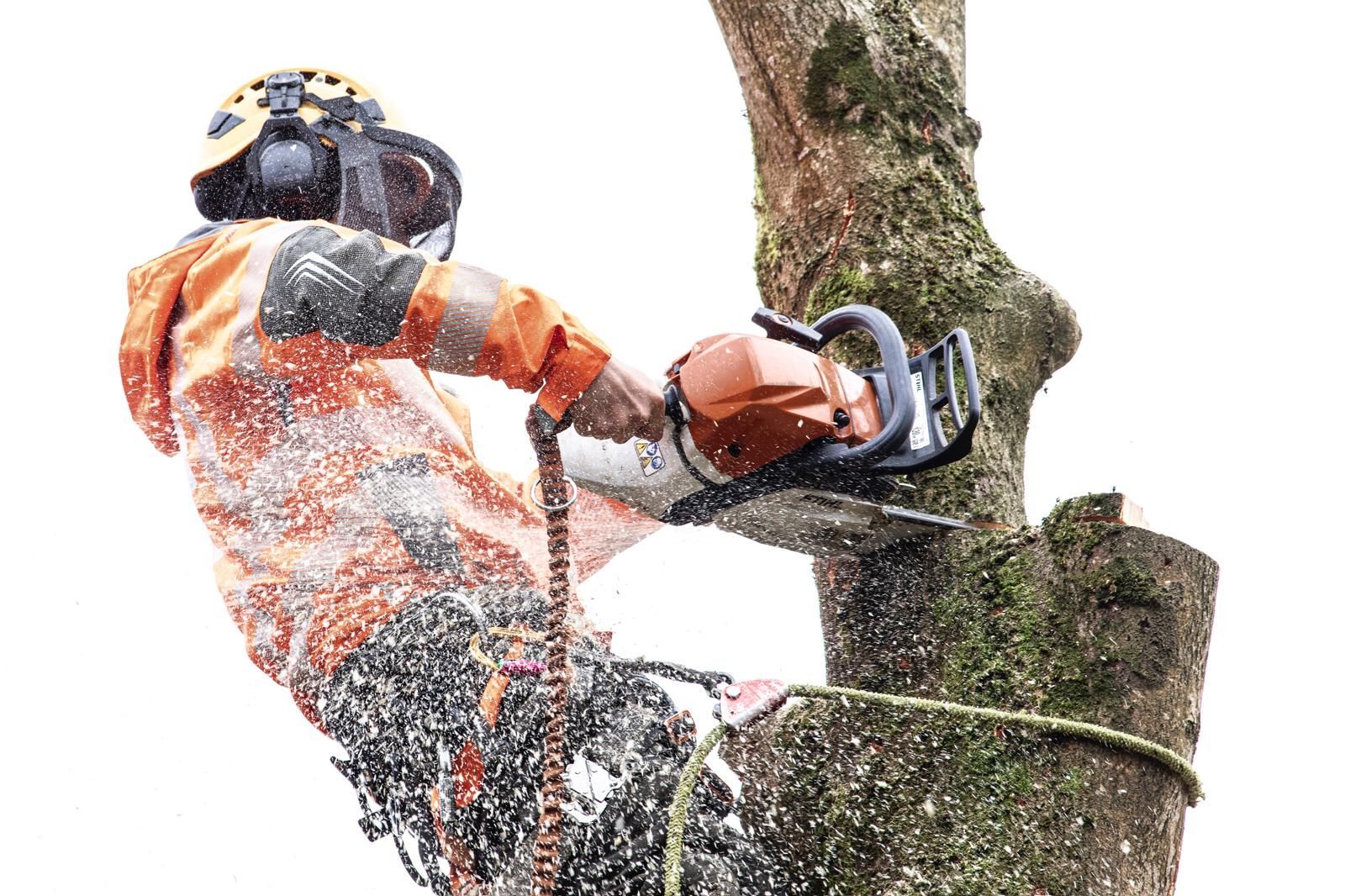
Your trees are among your property's most valuable assets, contributing to curb appeal, environmental benefits, and overall property value. However, without proper maintenance, trees can become liabilities rather than assets. Understanding essential tree care practices helps Hampshire property owners make informed decisions about their landscape investments. The Importance of Regular Tree Maintenance Well-maintained trees can increase property values by up to 20%, while neglected trees pose risks to buildings, vehicles, and personal safety. Regular maintenance keeps trees healthy, attractive, and structurally sound throughout their lifespan. At Bishops Waltham Tree Surgeons, we've seen how proactive tree care prevents costly emergency tree removal situations. A small investment in routine maintenance often saves thousands in damage repairs or emergency tree removal costs. Key Signs Your Trees Need Professional Attention Structural Issues Look for cracked or split bark, hollow sections in the trunk, or large dead branches. These indicate structural weakness that could lead to branch or tree failure during storms. Disease and Pest Problems Unusual leaf discoloration, premature leaf drop, or visible fungi growth signal potential health issues. Early intervention through professional tree surgery services can often save infected trees. Growth Problems Overcrowded branches, crossing limbs, or growth toward buildings and power lines require expert tree pruning to maintain tree health and safety. Seasonal Tree Care Calendar Spring Maintenance Spring is ideal for major pruning work as trees have maximum healing potential. Remove winter damage, shape crowns, and assess overall tree health before the growing season intensifies. Summer Monitoring Hot, dry periods stress trees and make them vulnerable to pests and diseases. Regular watering and monitoring help identify problems early. Autumn Preparation Fall is perfect for planting new trees and conducting health assessments before winter weather arrives. Remove hazardous branches that might fail during storms. Winter Safety Winter storms can cause significant damage. Having trees professionally assessed and maintained before winter reduces storm damage risks. Professional vs. DIY Tree Care While property owners can handle basic tasks like watering and minor cleanup, significant tree work requires professional expertise. Tree surgery involves working at height with dangerous equipment, and improper techniques can permanently damage trees or cause serious injury. Our team serves communities throughout Hampshire, including specialist Tree Surgeon in Winchester services alongside our coverage from Bishops Waltham to Southampton and beyond. We bring the proper equipment, insurance, and expertise to handle any tree care challenge safely and effectively. Choosing the Right Tree Care Partner When selecting a tree surgery company, verify qualifications, insurance coverage, and adherence to industry standards. Reputable companies follow BS3998 guidelines and employ certified arborists who understand local tree species and climate conditions. We pride ourselves on delivering professional, reliable, and high-quality tree care. Our customers throughout Hampshire trust us for routine maintenance and emergency services alike. Long-term Tree Health Strategy Successful tree care requires a long-term perspective. Young trees need establishment care, mature trees require maintenance pruning, and aging trees may need specialized support systems. Consider developing a multi-year tree care plan that addresses your landscape's unique needs. This proactive approach maximizes your trees' lifespan while minimizing risks and maintenance costs. Environmental and Economic Benefits Healthy trees provide numerous benefits including improved air quality, energy savings through natural cooling, and stormwater management. They also support local wildlife and contribute to Hampshire's natural beauty. Investing in professional tree care protects these benefits while safeguarding your property investment. Contact our team to discuss your tree care needs and develop a maintenance strategy that keeps your landscape healthy and beautiful year-round.
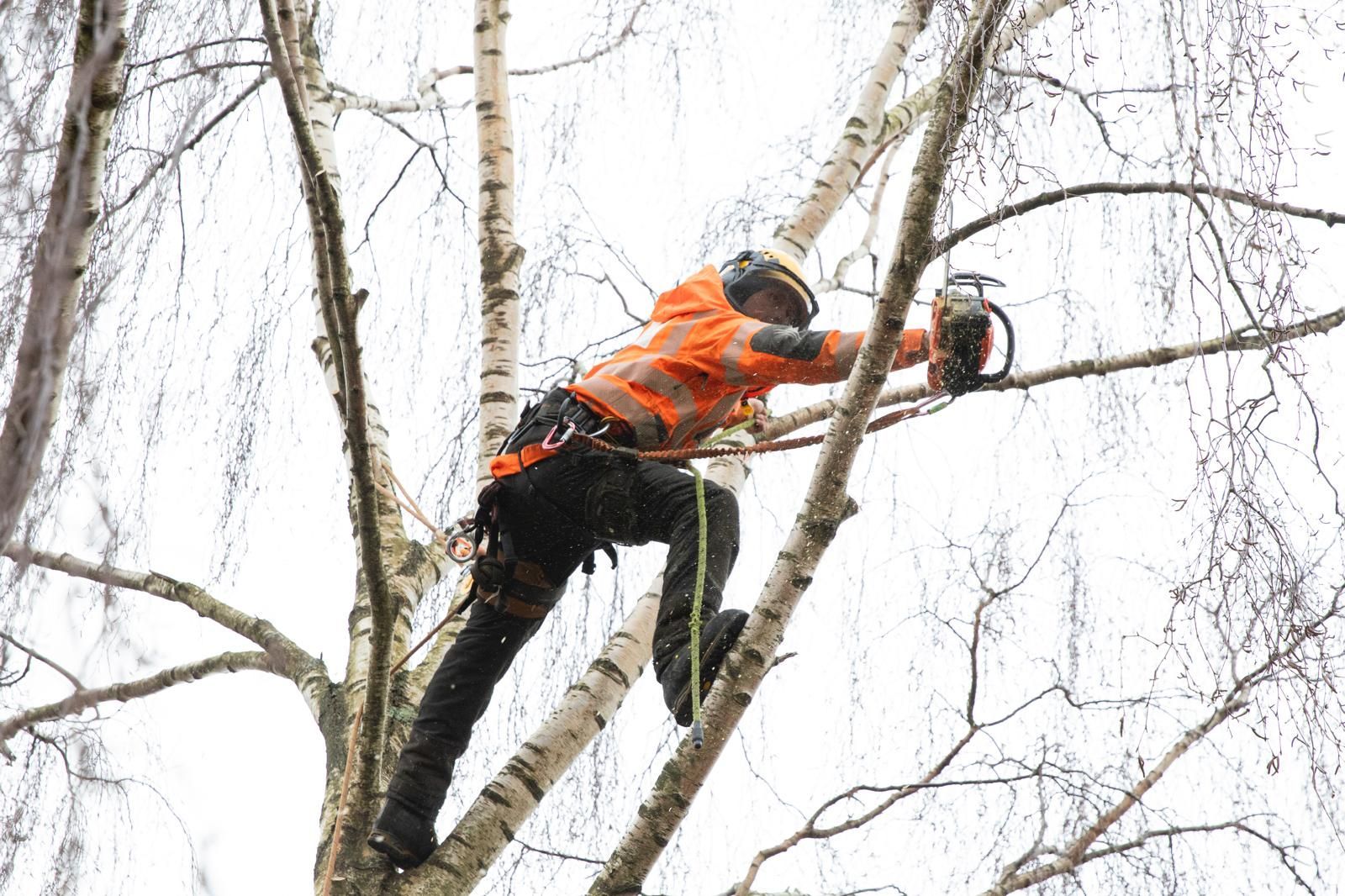
In the world of tree surgery, the right tools can make all the difference between a job well done and a potential disaster. Whether you're an experienced arborist or just starting in the field, understanding the essential equipment used by tree surgeons is crucial. From the safety gear that keeps them protected to the cutting tools that slice through branches with ease, each piece of equipment plays a vital role. But what exactly do these professionals carry in their toolkits? HSE advises Have you ever wondered what it takes to safely and efficiently trim a towering oak or remove a stubborn tree stump? The answers lie in the array of specialised tools that tree surgeons rely on daily. Let’s delve into these indispensable items and discover how they contribute to the art and science of tree surgery. Key Takeaways Safety gear is paramount for tree surgeons, including harnesses, helmets, and gloves Climbing tools such as ropes and spurs enable safe and efficient tree access Cutting tools like chainsaws and pruning shears facilitate precise and effective branch removal Rigging equipment ensures the safe lowering of tree sections Ground equipment like wood chippers and stump grinders clean up and prepare sites Safety Gear Before any tree surgeon can begin their work, they must first equip themselves with the appropriate safety gear. This aspect of tree surgery cannot be overstated, as it forms the bedrock of a safe and efficient operation. Harness A harness is more than just a piece of equipment; it's a lifeline that provides critical support and stability for tree surgeons working at height. When you're suspended high above the ground, a well-fitted harness can significantly reduce fatigue, allowing you to focus on the task at hand. Comfort is key, as hours spent aloft can take a physical toll. The best harnesses are designed with adjustable features, accommodating various body sizes and shapes to provide maximum support. Tree surgeons must also consider the safety standards when selecting a harness. These standards ensure that the harnesses are not only reliable but also offer the protection required to prevent accidents. When choosing climbing tools like harnesses, it's essential to consider both comfort and safety. Helmet A helmet is an indispensable part of a tree surgeon's safety gear, acting as a shield against falling debris and unexpected impacts. The best helmets are designed with ventilation to offer comfort even during extended use in warm conditions. Additionally, many helmets come equipped with integrated visors or face shields, providing further protection for the face. The colour of the helmet also plays a significant role in safety. Brightly coloured helmets enhance visibility, making it easier for team members to spot each other, which is particularly beneficial in crowded or busy job sites. For arborists, protective equipment like helmets is not just about safety; it's about ensuring peace of mind while on the job. Eye Protection When working with trees, debris and dust can pose significant risks to your eyes. Therefore, eye protection is vital for shielding against these hazards. High-quality safety glasses or goggles provide a clear field of vision, allowing you to focus on your work without distraction. Anti-fog features are particularly beneficial, ensuring that your view remains unobstructed in various weather conditions. Durability is another crucial factor. Eye protection must withstand the rigours of tree surgery, resisting scratches and impacts. For arborists, investing in reliable protective equipment is a smart move that pays off in both safety and efficiency. Gloves Your hands are your most valuable tools, and gloves offer the protection they need against cuts, abrasions, and blisters. Durable gloves provide grip and dexterity, essential for handling tools safely and efficiently. In wet conditions, water-resistant gloves keep your hands dry, maintaining your comfort and focus. Reinforced gloves go a step further by adding extra protection for your fingers and palms, which is particularly valuable when working with sharp tools. For arborists, having the right safety gear, including protective equipment like gloves, is crucial to maintaining productivity and safety. Climbing Tools Tree surgeons often find themselves working high off the ground, and having the right climbing tools is essential for both safety and efficiency. Climbing Harness A climbing harness is crucial for supporting tree surgeons securely while they ascend and descend trees. Ergonomic designs in climbing harnesses help reduce strain, making them comfortable for extended periods. The adjustable straps ensure a snug fit, enhancing safety by preventing slips or falls. High-quality materials are a must, providing the durability and strength required for demanding tasks. For those using climbing equipment, a good harness is a trusty companion that makes challenging jobs safer and more manageable. Climbing Ropes Climbing ropes are the lifeline for tree surgeons, providing the necessary support and stability for safe tree climbing. Dynamic ropes, with their elasticity, are particularly valuable as they absorb shocks during falls, adding an extra layer of safety. It's crucial to keep climbing ropes in top condition through regular maintenance. This ensures long-lasting performance and reliability. Colour-coded ropes are also a handy feature, allowing for quick identification and organisation, making the job more efficient and streamlined. Climbing Spurs When it comes to ascending tree trunks with ease, climbing spurs are indispensable. These tools are lightweight, minimising fatigue during prolonged climbs, which is a boon for tree surgeons spending hours on the job. The adjustable nature of spurs means they can accommodate different tree sizes and personal preferences, making them versatile and adaptable tools. Made from high-strength materials, climbing spurs are designed to be both reliable and durable, standing up to the challenges posed by tree surgery. For arborists, climbing equipment like spurs is part of the essential toolkit that enables them to work efficiently and safely. Climbing Boots Climbing boots are more than just footwear; they're essential for providing support and protection during tree work. Climbing boots with non-slip soles ensure traction on a variety of surfaces, which is crucial for safety. Reinforced toe caps protect against impacts and abrasions, providing peace of mind when working around heavy or sharp objects. Breathable materials in boots enhance comfort, allowing for extended use without discomfort. For arborists, having the right protective boots is key to maintaining both safety and performance on the job. Cutting Tools Cutting tools are at the heart of tree surgery, enabling precise and effective branch removal. Chainsaw A chainsaw is undoubtedly a primary cutting tool for tree surgeons. Lightweight models reduce operator fatigue, making them ideal for extended use. Regular maintenance, including sharpening and cleaning, keeps chainsaws in optimal condition, ensuring performance and safety. Ergonomic designs provide balance and control, which is crucial for precision cutting. For arborists, chainsaws are an indispensable part of their cutting equipment arsenal, allowing for efficient and effective tree work. Pruning Shears For precise and clean cuts on smaller branches and foliage, pruning shears are the tool of choice. Ergonomic handles reduce hand strain, making them comfortable for prolonged use. High-quality blades retain their sharpness, ensuring that cuts remain clean and precise over time. Lightweight pruning tools enhance maneuverability, allowing arborists to work efficiently and with ease. In the world of cutting equipment, pruning shears are a must-have for maintaining the health and aesthetics of trees. Loppers When it comes to thicker branches, loppers provide the leverage needed to make clean cuts with minimal effort. Long handles offer extended reach and control, which is particularly beneficial for accessing higher branches. Durable blades ensure that cuts are efficient and clean, while lightweight construction facilitates ease of handling. For arborists, loppers are essential pruning tools that contribute to efficient and effective tree maintenance. Handsaw A handsaw offers versatility, particularly in tight spaces where other tools might struggle. Sharp, durable blades are key to efficient cutting performance, ensuring that each cut is clean and precise. Comfortable handles reduce hand fatigue, allowing for extended use without discomfort. Compact designs make handsaws easy to transport and store, making them a convenient addition to any arborist's cutting equipment. Rigging Equipment Rigging equipment is essential for the safe and efficient handling of tree sections during removal. Rigging Ropes Rigging ropes are crucial for supporting the safe lowering and lifting of tree sections. Made from durable materials, these ropes withstand heavy loads and tension, ensuring reliability during demanding tasks. Colour-coding is a practical feature, enabling fast identification and organisation, which enhances efficiency on the job. Regular inspections of rigging ropes are essential for maintaining safety and reliability. Pulleys Pulleys facilitate the smooth movement and direction change of ropes during rigging. Constructed from high-strength materials, they offer reliability and durability, crucial for handling the demands of tree surgery. Lightweight pulleys reduce the overall rigging system weight, enhancing portability and ease of use. Efficient designs minimise friction and wear, contributing to the longevity of the equipment. Carabiners Carabiners play a vital role in connecting various components of rigging systems securely. Locking mechanisms prevent accidental disconnection, ensuring that everything stays in place during use. Made from high-quality materials, carabiners offer strength and reliability, essential for safety. Lightweight designs facilitate easy handling and transport, making them a practical choice for arborists. Rigging Slings Rigging slings distribute weight evenly across tree sections, ensuring safe handling. Adjustable slings accommodate different branch sizes and shapes, providing versatility and adaptability. Constructed from durable materials, these slings offer strength and reliability under load, crucial for demanding tasks. Colour-coded slings assist in quick identification and organisation, enhancing efficiency on the job. Pruning Equipment Pruning equipment is vital for maintaining the health and appearance of trees. Pole Pruners Pole pruners extend reach, allowing for safe cutting of high branches. Lightweight construction reduces operator fatigue, making them ideal for extended use. Adjustable poles offer customisation of pruner length, enhancing versatility for various tasks. Sharp blades ensure clean and precise cuts, essential for healthy tree maintenance. Pole Saws For larger branches at height, pole saws provide the necessary reach and cutting power. Durable blades maintain sharpness, ensuring efficient and clean cuts. Lightweight designs reduce fatigue, making them comfortable for prolonged use. Adjustable poles offer versatility, allowing for customisation based on the task at hand. Pruning Saws Pruning saws enable efficient cutting of thicker branches with precision. Ergonomic handles reduce hand strain, enhancing comfort for extended use. Durable, sharp blades ensure clean cuts and long-lasting performance, essential for effective tree maintenance. Compact designs facilitate easy transport and storage, making them a convenient addition to any arborist's toolkit. Pruning Loppers Pruning loppers provide the leverage needed to cut thicker branches efficiently. Durable, sharp blades ensure clean cuts, contributing to the health and appearance of trees. Lightweight handles enhance maneuverability and control, making them a practical choice for arborists. Ergonomic designs reduce hand fatigue, ensuring comfort during extended use. Ground Equipment Ground equipment is essential for cleaning up and preparing sites after tree work. Log Splitter A log splitter is invaluable for reducing large logs into manageable pieces. Hydraulic mechanisms provide the power and precision needed for efficient splitting. Durable construction ensures reliability and long-lasting performance, essential for demanding tasks. Safety features protect operators, making log splitters a safe choice for arborists. Wood Chipper A wood chipper efficiently reduces branches and foliage into mulch, aiding in site cleanup. High-capacity chippers handle large volumes quickly, enhancing efficiency. Safety features protect operators from potential hazards, ensuring safe operation. Durable construction offers reliability and longevity, making wood chippers a valuable addition to any arborist's ground tools. Stump Grinder A stump grinder removes tree stumps effectively, leaving a clean site ready for further landscaping. Powerful engines provide efficient grinding performance, essential for tackling stubborn stumps. Compact designs allow for easy manoeuvrability in tight spaces, making them versatile tools. Safety features protect operators, ensuring safe and efficient operation. Leaf Blower A leaf blower clears debris and leaves from work areas efficiently, aiding in site cleanup. Lightweight designs reduce operator fatigue, making them ideal for extended use. Variable speed controls offer flexibility, allowing for customisation based on the task at hand. Durable construction ensures long-lasting performance, making leaf blowers a practical choice for arborists. Personal Protective Equipment Personal protective equipment is crucial for safeguarding tree surgeons during their work. Chainsaw Chaps Chainsaw chaps provide critical protection for legs during chainsaw use. Made from durable materials, they resist cuts and abrasions, ensuring safety. Adjustable straps offer a secure and comfortable fit, essential for extended use. High-visibility designs enhance safety and awareness, making chainsaw chaps a vital part of any arborist's protective equipment. Steel Toe Boots Steel toe boots protect feet from impacts and crushing hazards, essential for safety on the job. Reinforced toe caps offer additional safety and durability, ensuring long-lasting performance. Non-slip soles provide traction on various surfaces, crucial for maintaining stability. Comfortable designs reduce fatigue, allowing for extended wear without discomfort. Hearing Protection Hearing protection safeguards ears from the loud noise of equipment, essential for preventing hearing damage. Comfortable ear muffs or plugs ensure long-lasting wearability, making them practical for extended use. Adjustable designs allow for a secure and customised fit, enhancing comfort and effectiveness. Made from durable materials, hearing protection offers reliable performance, essential for arborists working with noisy equipment. High Visibility Clothing High visibility clothing enhances safety and visibility on worksites, crucial for preventing accidents. Bright colours and reflective materials ensure maximum visibility, making them essential for busy or crowded job sites. Durable materials withstand harsh work conditions, ensuring long-lasting performance. Comfortable designs allow for ease of movement, making high-visibility clothing a practical choice for arborists. Transport and Storage Tools Transport and storage tools are essential for efficiently moving and organising equipment. Truck or Trailer A truck or trailer is crucial for transporting tools and equipment to worksites efficiently. Spacious designs accommodate large loads, making them practical for arborists with a range of equipment. Durable construction offers reliability and safety, ensuring that equipment arrives intact. Customisable features enhance versatility, allowing for tailored transport solutions based on specific needs. Ladder Rack A ladder rack provides safe and efficient transport of ladders, essential for arborists needing access to high branches. Durable construction ensures reliability and longevity, crucial for handling the demands of tree work. Adjustable designs accommodate different ladder sizes, enhancing versatility. Secure fastening mechanisms prevent movement during transport, ensuring that ladders arrive safely at the job site. Winch A winch assists in loading and unloading heavy equipment safely, essential for moving large or cumbersome items. High-capacity winches handle large loads with ease, enhancing efficiency and safety. Durable construction offers reliability and long-lasting performance, making winches a valuable addition to any arborist's toolkit. Safety features protect operators, ensuring safe operation during use. In conclusion, the tools of a tree surgeon's trade are as varied as they are essential. From safety gear that keeps you secure to cutting tools that allow you to shape and maintain trees, each piece of equipment plays a pivotal role in the art of tree surgery. So, whether you're an experienced professional or a budding arborist, understanding and investing in the right tools is crucial for success. Have you ever thought about how these tools can transform not just your work, but the very landscapes you tend to? We are professional Tree Surgeons in Winchester call us now.
